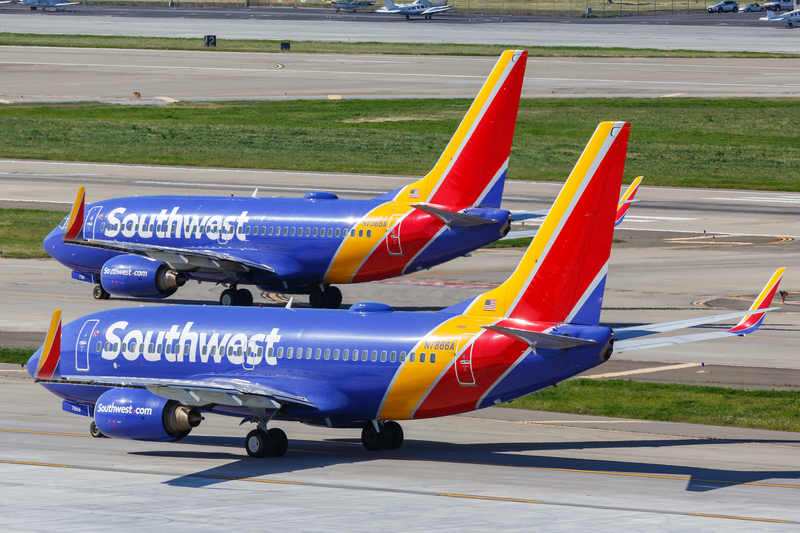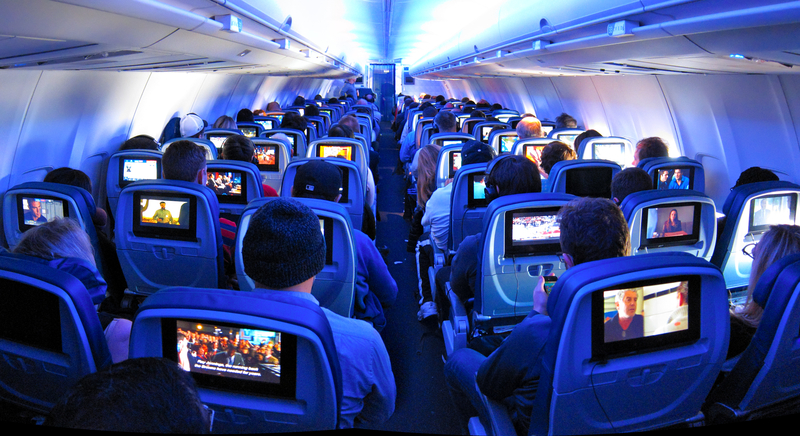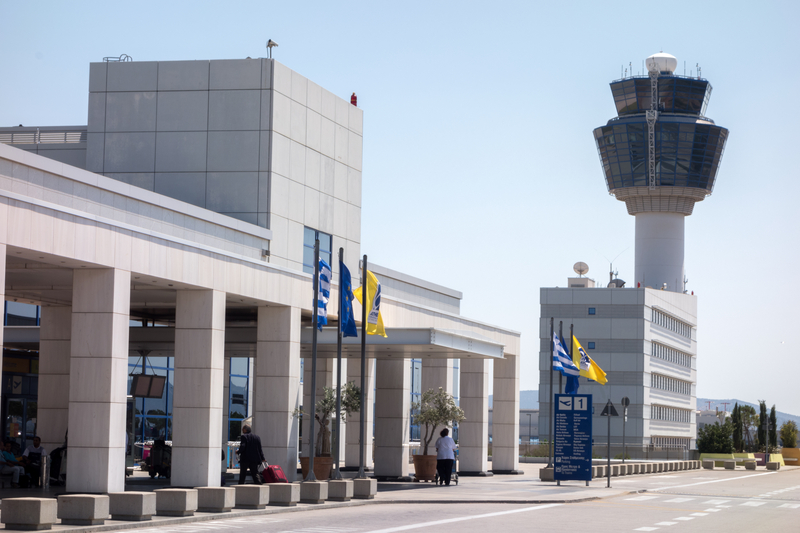Budget Airlines Begin to Roll Out Premium Seating Options to Meet Rising Passenger Expectations

ID 157992028 © Boarding1now | Dreamstime.com
In response to changing passenger expectations and the need to increase revenue amid heightened operational costs, budget airlines such as Southwest, Frontier, and Spirit have started introducing premium seating options. Traditionally associated with low-cost, no-frills service, these airlines are now pivoting to include more comfortable seating with added perks like extra legroom and priority boarding options. The move reflects a strategic shift as budget carriers aim to attract a broader demographic of passengers willing to pay slightly more for added comfort and convenience.
The new premium seating options represent a departure from the strict low-cost model that has driven the growth of these carriers for years. By adding a tier of higher-quality seating, budget airlines hope to tap into a market of travelers who seek a balance between affordability and comfort without opting for full-service carriers.
Premium Seating Offerings Across Major Budget Carriers
Each budget airline has tailored its premium seating approach to align with its brand identity and operational model. Here is a breakdown of what Southwest, Frontier, and Spirit are introducing:
- Southwest Airlines: Known for its “open seating” policy, Southwest has introduced a new “Select Seating” option for passengers who prefer extra legroom and earlier boarding privileges. While seats are still unassigned, passengers paying for this premium option receive access to seating areas at the front of the plane, allowing for a quicker exit upon landing. Additionally, Southwest is exploring options to add assigned seating in the future, a potential first for the airline.
- Frontier Airlines: Frontier, already offering a “Stretch” seating option with increased legroom, has expanded this feature across more of its fleet. The premium seats, located at the front of the cabin, provide up to 6 inches of additional legroom and come with early boarding benefits. Frontier is also enhancing its in-seat power options and considering adding extra perks such as complimentary snacks and priority boarding for these seats.
- Spirit Airlines: Spirit has also expanded its “Big Front Seat” option, which offers passengers a larger, first-class-style seat at the front of the plane. These seats, originally introduced over a decade ago, have proven popular with passengers looking for comfort at a fraction of the cost of traditional first-class fares. Spirit plans to add more Big Front Seats to its newer aircraft, accommodating the increased demand for this option and adding features like wider tray tables and improved padding for enhanced comfort.
Revenue-Generating Strategy Amid Rising Costs
The shift toward premium seating among budget airlines is a strategic response to rising operational costs, including fuel expenses, labor costs, and inflationary pressures impacting the broader airline industry. Offering premium seats enables these carriers to increase per-passenger revenue without significantly altering their overall low-cost business model.
Industry experts estimate that premium seating options could generate up to 10% more revenue per flight, a meaningful contribution in a highly competitive environment. Given that low-cost airlines operate on slim profit margins, this additional revenue stream is particularly appealing, allowing airlines to offset costs and remain price-competitive while meeting passenger expectations for a better in-flight experience.
Analysts believe that by offering tiered seating, budget airlines can capture new segments of travelers who would otherwise opt for legacy carriers with more comfortable seating options. Additionally, premium seating aligns well with the trend of “unbundling,” where airlines allow passengers to select and pay for only the services they want, creating a customizable travel experience.
Competitive Positioning and Passenger Demand
As passenger demand for comfort rises, budget airlines are recalibrating their service models to stay competitive with full-service airlines that offer economy plus or premium economy seating options. This change highlights a significant evolution in the low-cost airline market, which traditionally prioritized cost-efficiency over passenger comfort. The introduction of premium seats enables budget airlines to compete with legacy carriers on routes where travelers prioritize comfort and convenience.
The pandemic-era shift in traveler priorities has also influenced the market. Passengers are increasingly willing to pay a premium for added space and a more comfortable in-flight experience, particularly on longer domestic routes. By adding these new seating options, budget airlines can serve a larger market of passengers looking for affordable, enhanced travel options.
“Adding a premium seating option helps us appeal to a broader range of travelers,” commented Spirit Airlines’ Chief Marketing Officer, “and allows us to compete more directly with traditional carriers while staying true to our low-cost roots. Many of our customers appreciate the added choice—some prioritize affordability above all else, while others are happy to pay a bit more for extra comfort.”

ID 49800624 © Hugoht | Dreamstime.com
Operational Challenges and Brand Consistency
Introducing premium seating options poses certain operational challenges, particularly in preserving the efficiency that defines low-cost carriers. Budget airlines often operate with short turnaround times, relying on streamlined operations to keep costs down. Adding more differentiated seating options could complicate boarding processes and potentially impact turnaround efficiency if not managed carefully.
To mitigate these challenges, many budget airlines are testing these changes on select routes and gradually expanding premium seating options across their fleets based on passenger demand. Additionally, the new seating configurations must be balanced with the need to maintain brand consistency. Budget carriers have traditionally marketed themselves as offering straightforward, low-cost travel, and adding premium seats could be seen as a departure from that model. However, the airlines are positioning these seats as an optional upgrade that allows customers to tailor their travel experience to their preferences.
For some budget airlines, the addition of premium seating is a natural evolution of the unbundled model. By offering a base fare and allowing passengers to add premium services, these airlines are capitalizing on the shift toward personalization in travel, where customers increasingly expect a tailored experience.
Future Implications and Market Outlook
As budget airlines test the waters with premium seating options, the outcome of this shift could shape the future of the low-cost travel market. Success in generating additional revenue without compromising operational efficiency could encourage other budget carriers to adopt similar strategies. This trend reflects an industry-wide shift toward flexibility, with airlines seeking to meet the diverse preferences of today’s travelers without deviating from the core principles that define their brands.
Moreover, as budget carriers invest in premium seating, the distinction between low-cost and full-service airlines may begin to blur, with passengers finding comparable levels of comfort across different airline categories. For travelers, this could translate to more choice and better options, particularly on competitive domestic routes.
Bottom line
The decision by Southwest, Frontier, and Spirit to introduce premium seating options marks a new chapter in the evolution of budget airlines. By offering a balance of affordability and enhanced comfort, these airlines are adapting to meet changing passenger expectations while creating new revenue streams to counter rising operational costs. If successful, this trend may pave the way for other budget carriers to follow suit, further redefining what travelers can expect from low-cost airlines in the future.





